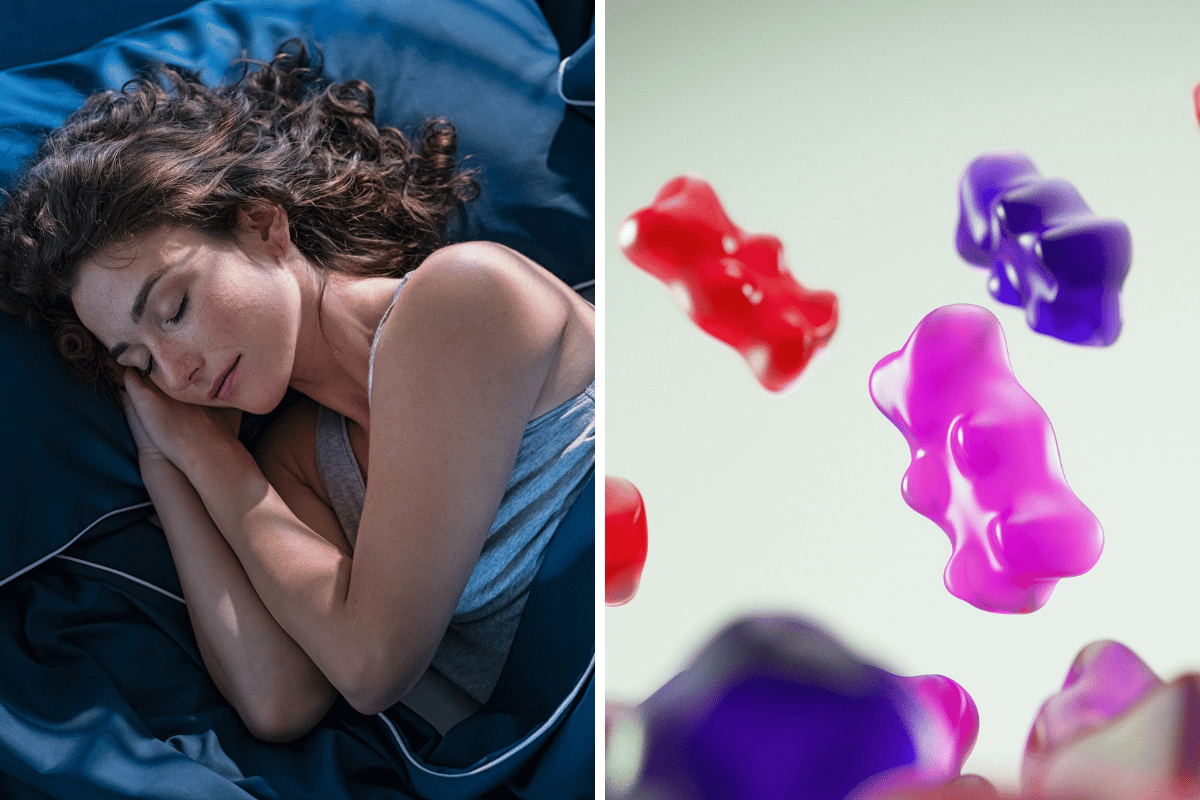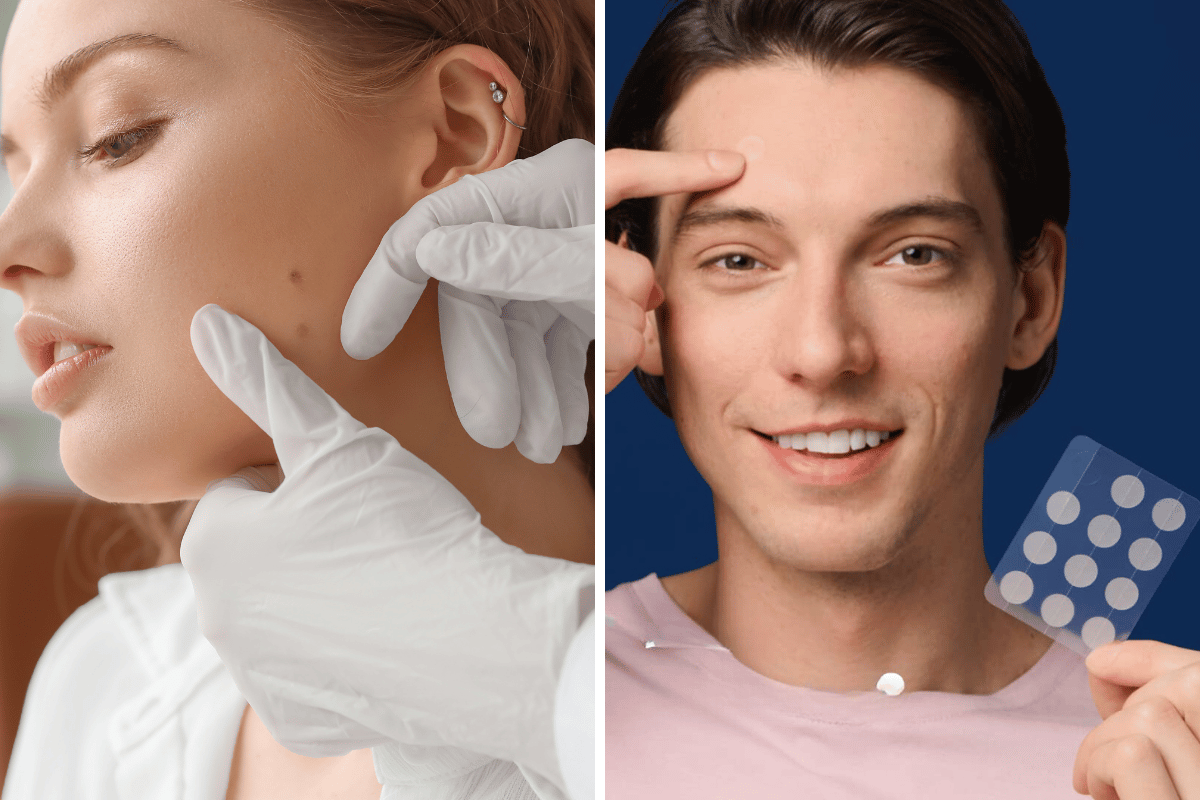Key Takeaways:
- Understanding the correct usage of pimple patches can significantly enhance their effectiveness.
- Selecting the right type of pimple patch for your skin concern is crucial for optimal results.
- Proper skin preparation and aftercare are essential components of the pimple patch treatment process.
Pimple patches have become a go-to solution for many dealing with the sudden appearance of acne. These small, discrete patches are not only a convenient way to treat acne but also prevent the temptation to pick or pop pimples.
In this comprehensive guide, we'll explore the most effective ways to use pimple patches and what is the most effective way to use pimple patches to ensure you get the most out of this innovative skincare solution.
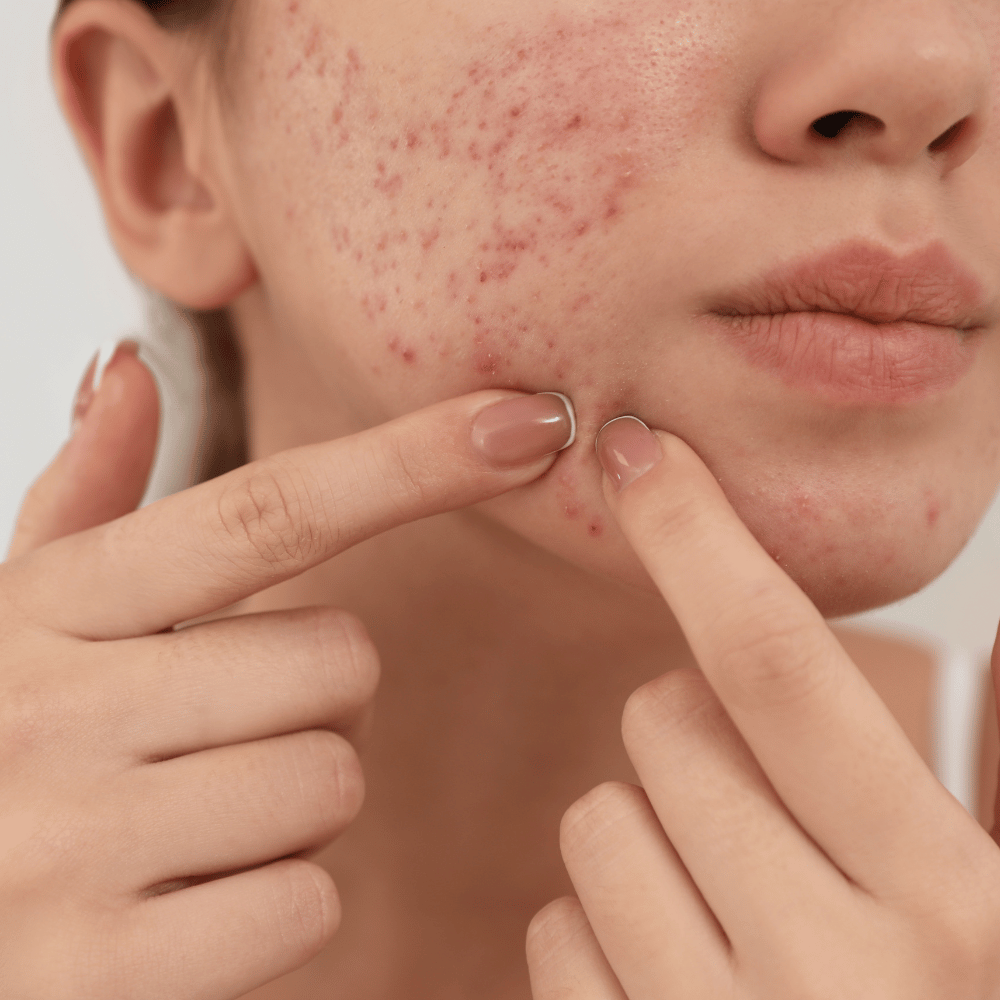
What Are Pimple Patches?
Pimple patches, also known as acne stickers or hydrocolloid bandages, are small adhesive patches designed to treat acne vulgaris. They are typically made from hydrocolloid material, a gel-like substance that absorbs excess fluid and creates a moist environment to promote healing.
Most pimple patches are infused with acne-fighting ingredients like salicylic acid, tea tree oil, and hyaluronic acid to further aid the healing process.
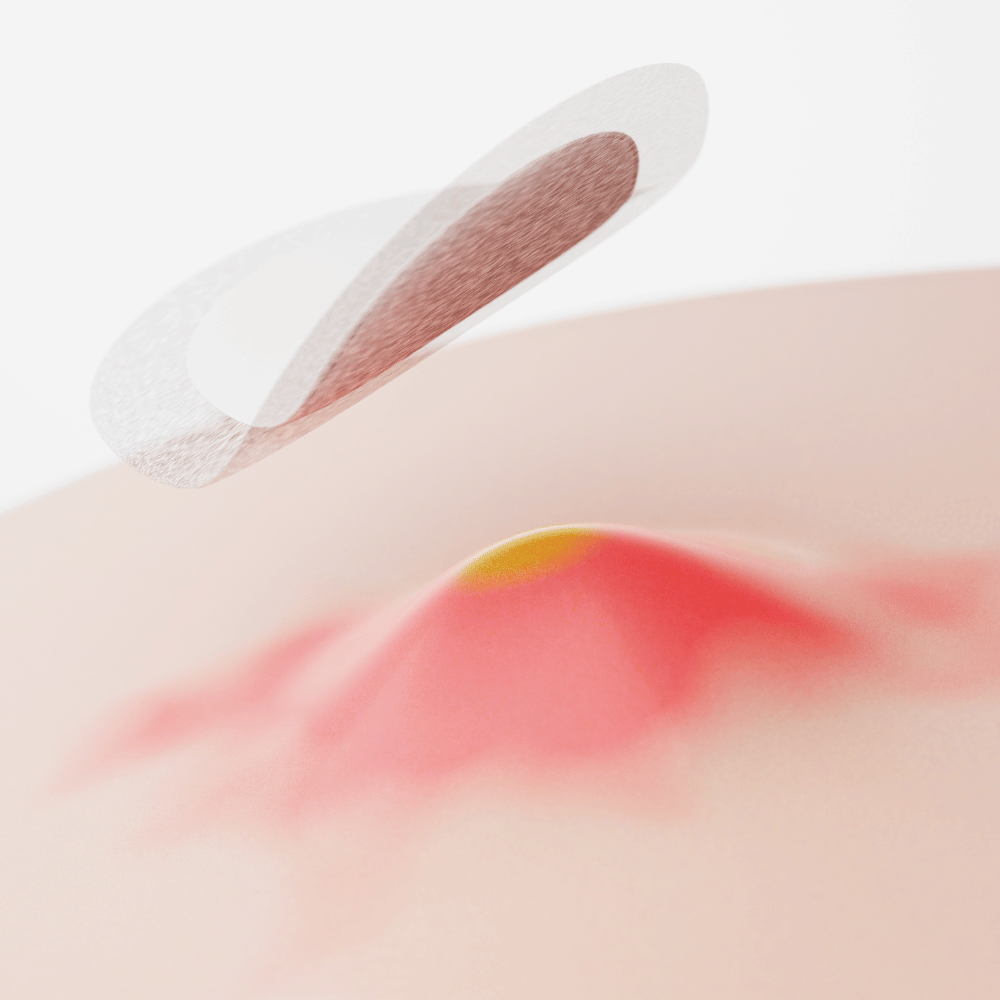
How Do Pimple Patches Work?
The primary function of pimple patches is to absorb excess fluid, sebum, pus, and dead skin cells from clogged pores. By doing so, they reduce inflammation and speed up the clearing of the affected area.
Hydrocolloid acne patches also protect the area from bacteria and prevent you from picking at the pimple, which can lead to more inflammation or even scarring.
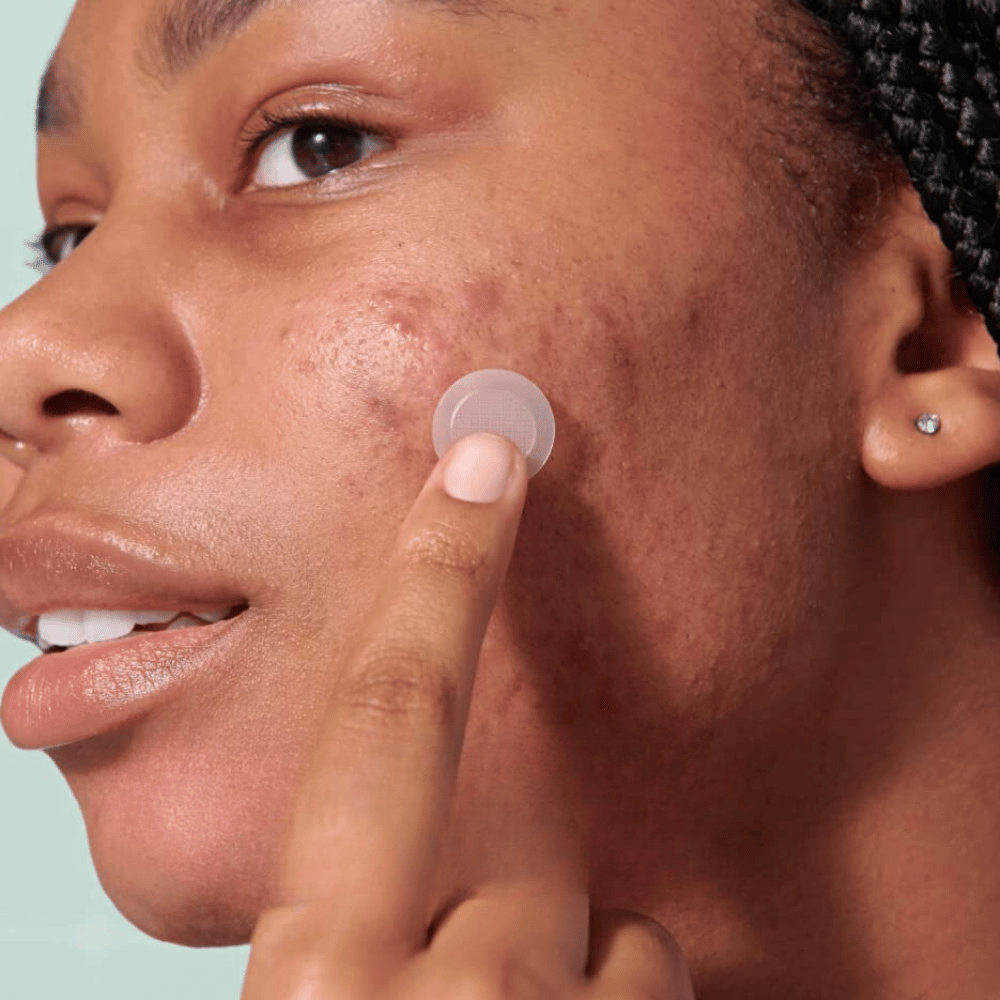
Choosing the Right Pimple Patch
Not all pimple patches are created equal. Some are designed for surface-level pimples, while others, like microneedle patches, are meant for deeper, cystic acne. It's important to choose a patch that corresponds to your specific type of acne.
For sensitive skin, look for patches without active ingredients that might irritate, and for darker skin tones, opt for patches that won't leave dark spots.
Preparing Your Skin for Pimple Patch Application
Before you use a pimple patch, it's essential to prepare your skin properly. Cleanse your face thoroughly to clear dirt and oil from the skin's surface. Ensure the affected area is dry, as hydrocolloid patches adhere best to dry skin.
Avoid using any topical treatments like benzoyl peroxide or beta hydroxy acid on the area before applying the hydrocolloid patch.
The Correct Way to Use a Pimple Patch
To use a pimple patch effectively, gently place it over the pimple, ensuring the patch is centered on the blemish. Press down for a few seconds to secure it. Most pimple patches should be left on for several hours or overnight to allow the hydrocolloid gel to absorb fluid and reduce inflammation.
When to Change Your Pimple Patch
You'll know it's time to change your pimple patch when it turns opaque or white, indicating that it has absorbed pus and oil. This usually happens after several hours, but some patches can be worn for up to 24 hours.
Replace the patch with a new one if the pimple persists. Innovative Uses of Hydrocolloid Pimple Patches Beyond Acne Hydrocolloid pimple patches, originally designed for acne, have found their way into broader dermatological use.
These hydrocolloid acne patches, which contain a gel-like substance that absorbs excess fluid, are now being used by some as a protective measure for areas prone to pressure sores or as a part of wound care for minor cuts and abrasions.
The hydrocolloid patch creates a moist environment that promotes healing, much like it does for acne-prone skin, by preventing scab formation and reducing the chance of scarring.
Beyond their traditional use, innovative applications of hydrocolloid patches include their use on popped pimples to accelerate healing. A board-certified dermatologist might recommend a hydrocolloid acne patch as a spot treatment to protect a freshly popped pimple from infection and to absorb any residual fluid.
This method of using acne dressings can be particularly beneficial for those who have picked at their skin, providing a barrier from external bacteria and reducing the temptation to touch the area further.
The Evolution of Pimple Patches in Clinical Trials The effectiveness of pimple patches has been a subject of interest in the scientific community, leading to studies such as randomized double-blind trials to assess their true impact on healing wounds.
These studies often compare the healing rate of acne treated with an acne patch versus traditional acne-fighting ingredients or other spot treatments.
The results have been promising, showing that patches can significantly reduce inflammation and redness, aligning with the experiences of many users who find pimple patches effective for their skin concerns.
Moreover, the evolution of pimple patches has seen the incorporation of various skin care ingredients aimed at not only treating the pimple but also enhancing overall skin tone and health. Some patches now come infused with ingredients like salicylic acid or tea tree oil, which are known to be beneficial for acne-prone skin.
Hero Cosmetics' Mighty Patch, for example, is a product that has gained popularity for its ability to gently treat blemishes while blending into the skin's outer layer, making it less noticeable.
The Role of Active Ingredients in Pimple Patches
Many pimple patches contain active ingredients like salicylic acid, tea tree oil, or benzoyl peroxide. These ingredients help to unclog pores, reduce inflammation, and provide antibacterial properties. If you have acne-prone skin, consider patches with these ingredients for an added efficacy treatment.
Aftercare: Post-Pimple Patch Skin Care
Once you remove a pimple patch, it's important to continue caring for the area. Apply a gentle, non-comedogenic moisturizer to maintain a healthy skin barrier. If the pimple was popped or opened, consider using a spot treatment with antibacterial properties to prevent infection.
Can You Apply Makeup Over a Pimple Patch?
Many people wonder if they can apply makeup over a pimple patch. While it's possible, it's not always recommended, as makeup can interfere with the patch's ability to absorb fluid and heal the wound. If you must wear makeup, opt for non-comedogenic products and apply them gently.
The Science Behind Pimple Patches
The efficacy of pimple patches has been supported by studies, such as randomized double-blind trials, which have shown that hydrocolloid dressings can effectively treat acne by creating a protective barrier and absorbing excess oil. Board-certified dermatologists often recommend these patches as part of a comprehensive acne treatment plan.
Pimple Patches for Different Types of Acne
Pimple patches are not just for typical pimples; they can also be used for blind pimples, cystic acne, and even popped pimples. For deeper acne like cystic acne, consider using a microneedle patch or one with stronger active ingredients to penetrate the skin more deeply.
The Long-Term Benefits of Using Pimple Patches
With consistent and correct use, pimple patches can lead to healthier skin by preventing scarring and promoting faster healing. They can also help to manage acne by absorbing excess oil and keeping the skin tone and the area clean, which can prevent future breakouts.
SwagScale Summary
Pimple patches are a versatile and effective tool for treating acne. By choosing the right type of patch, preparing your skin properly, and following the correct application and aftercare steps, you can maximize the healing benefits of pimple patches.
Remember to consider your skin type and the specific needs of your acne when selecting a patch, and consult with a dermatologist if you have any concerns about your acne patch treatment plan.
Your Pimple Patch Guru,
Kim
FAQ Section
How long should I leave a pimple patch on?
Most pimple patches should be left on for several hours or overnight. Change the patch once it turns opaque or white, indicating it has absorbed pus and oil.
Can pimple patches be used on all skin types?
Yes, pimple patches can be used on all skin types. However, those with sensitive skin should opt for patches without active ingredients to avoid irritation.
Are pimple patches a replacement for traditional acne treatments?
Pimple patches are not a replacement for traditional acne treatments but can be used in conjunction with other topical treatments and medications as part of a comprehensive acne care plan. Always consult with a dermatologist for personalized advice.







